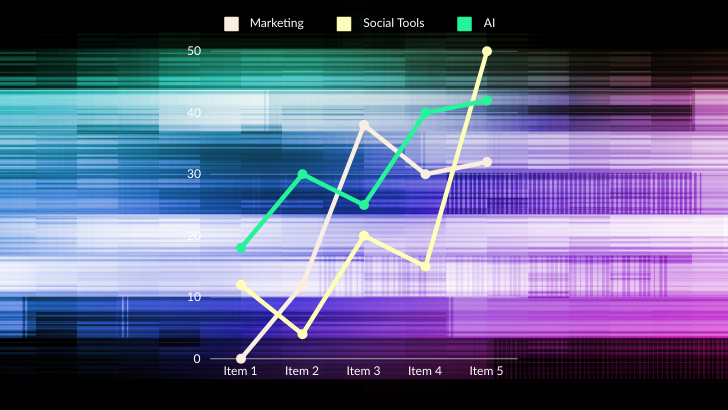Hardware teams are changing the process of how they develop their new products. Increasingly they are adopting Agile Process, the same type of process that has become the standard method to develop software. It is happening for several good and timely reasons and brings many benefits to product development. Agile is being adopted by some teams fully, by some teams partially, and by some teams who do not even realize they are using Agile processes.
It is important today for every hardware product development leader to understand what Agile Process is, its potential benefits, why now is the time for agile, and how it can be adapted to hardware – despite some of the obvious differences between hardware and software development. Many in the manufacturing space believe, due to their tangible nature, that physical products cannot be created and refined at nearly the same pace as software.
That said, many of these same organizations hold daily team meetings, use cloud-based tools to coordinate their work, refine product designs in real-time remote collaboration, and benefit from frequent customer feedback on their ongoing product development projects. Each of these workflow actions, while not spelled out as Agile development, is indicative of the larger Agile mindset. Although some in physical product creation still believe Agile is a tool for software, the reality is that many hardware teams are already using certain Agile principles, even if they are unaware of the terminology. Others are fully embracing the Agile mindset and process. Potential characteristics and benefits of Agile development, include but are not limited to:
• Reduced uncertainty and risk
• Incremental value delivery
• Continuous, iterative product improvement
• Process status checks
• Clearly defined team leadership roles
• Responding to a rapid rate of change
This article will primarily focus on the first three listed benefits of Agile product development – collaboration, risk management, and value delivery. We illustrate how Agile methods have impacted manufacturing organizations that have embraced this methodology in their hardware creation processes. We chose to highlight these benefits due to their relationship to cloud technology, particularly cloud-native software as a service (SaaS) solutions. While none of the three highlighted benefits is directly dependent on SaaS solutions, today’s cloud-based tools have dramatically reduced the friction of collaboration – and Agile is built upon collaborative team efforts.
Agile methods are applicable for nearly every type of engineering organization, not just software development teams. The principles of Agile development are so critical today, that hardware creators who are not starting to embrace Agile are at risk of being left behind in terms of competitive speed and value creation.



